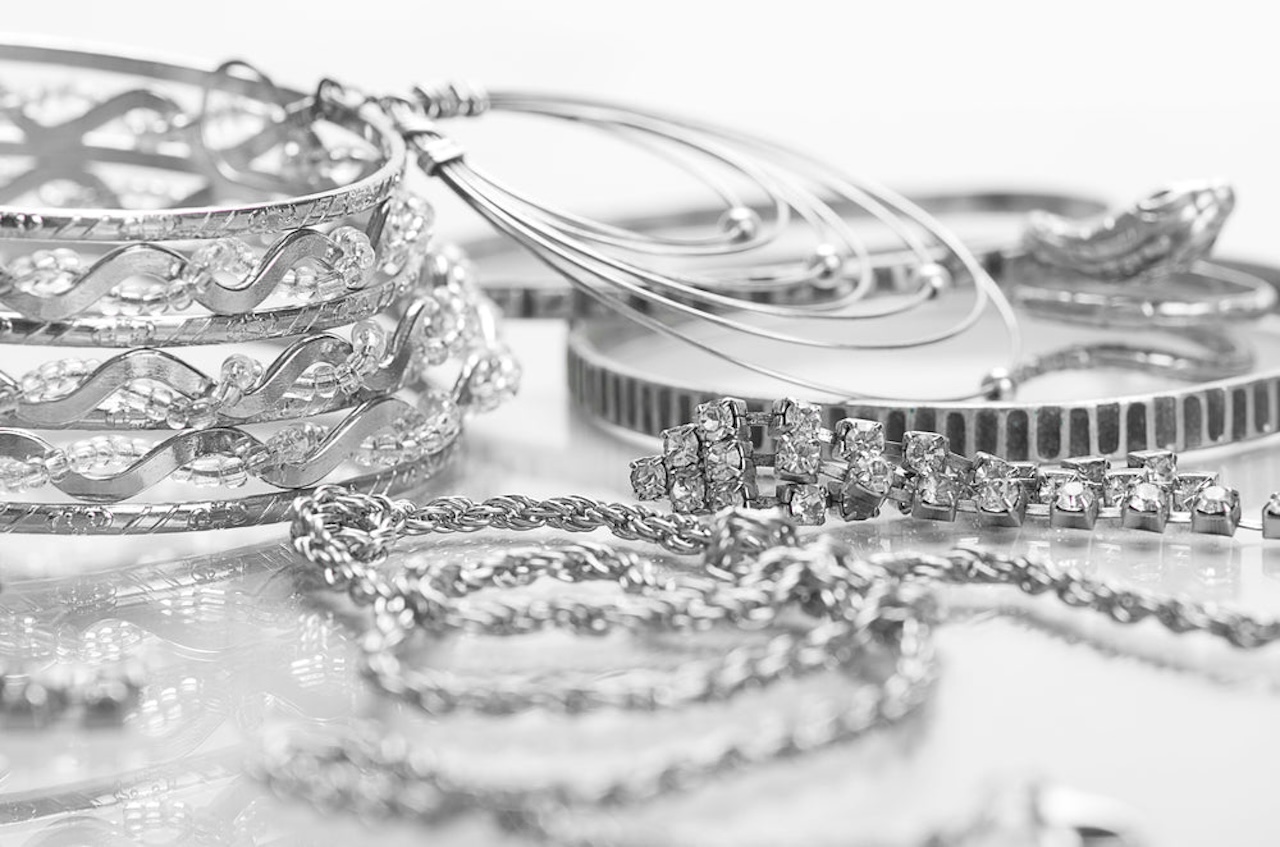

Articles
How To Store Silver From Tarnishing
Modified: January 18, 2024
Learn the best articles for storing silver and preventing tarnish. Find out the expert tips and techniques to keep your silver items looking shiny and new.
(Many of the links in this article redirect to a specific reviewed product. Your purchase of these products through affiliate links helps to generate commission for Storables.com, at no extra cost. Learn more)
Introduction
Welcome to the world of silver, a timeless and elegant metal that has been treasured for centuries. Whether you have inherited a collection of silverware or invested in some beautiful silver jewelry, one common concern is how to prevent it from tarnishing. Tarnish is the result of a chemical reaction between the silver and sulfur-containing compounds in the air, causing a dull and discolored appearance. But fear not, as there are effective methods to store silver and keep its luster intact for years to come.
In this article, we will explore the reasons behind tarnishing, the preventive measures you can take, and how to properly clean and polish your silver items. By following these steps, you can ensure that your silver shines bright and remains an exquisite centerpiece of your collection.
Key Takeaways:
- Preserve the Radiance: Prevent tarnishing by storing silver in airtight containers, using anti-tarnish strips, and incorporating silica gel packets. Regular inspections and proper maintenance ensure long-lasting shine and elegance.
- Mindful Care: Avoid tarnishing by choosing the right storage containers, handling silver with care, and preventing exposure to reactive substances. Regular monitoring and maintenance preserve the beauty and integrity of your silver items.
Understanding Tarnishing
Tarnishing is a natural process that occurs when silver comes into contact with the air and reacts with sulfur-containing compounds. These compounds can be found in various everyday items, such as rubber bands, wool, and certain types of wood. When silver tarnishes, it forms a layer of silver sulfide on its surface, which gives it a dull and discolored appearance.
It’s important to note that tarnishing is not an indication of the quality or purity of the silver. Even the highest quality silver will eventually tarnish over time. However, certain factors can accelerate the tarnishing process, such as high humidity, exposure to chemicals, and improper storage.
Understanding how tarnishing occurs is crucial in developing an effective strategy for preventing and managing it. By taking the necessary precautions, you can prolong the luster and beauty of your silver items.
Factors That Cause Tarnishing
While tarnishing is a natural process, there are several factors that can accelerate the tarnishing of silver. By being aware of these factors, you can take appropriate steps to minimize their impact. Let’s take a closer look at the main culprits behind tarnishing:
1. Air and Oxygen: Silver reacts with oxygen in the air, leading to the formation of silver oxide. This process is accelerated in the presence of humidity and pollutants in the air.
2. Sulfur Compounds: Silver reacts with sulfur-containing compounds, such as hydrogen sulfide, sulfur dioxide, and sulfuric acid, which are commonly found in the atmosphere. These compounds can come from many sources, including gas stoves, certain household cleaners, and even some food items.
3. Humidity: High humidity levels can increase the speed at which tarnishing occurs. Moisture in the air provides a conducive environment for chemical reactions, leading to tarnish formation.
4. Contact with Chemicals: Exposure to chemicals, such as perfumes, lotions, hairspray, and cleaning products, can accelerate the tarnishing process. Chemicals contain compounds that can react with silver, causing it to tarnish more quickly.
5. Direct Sunlight: Prolonged exposure to direct sunlight can speed up the tarnishing process. Ultraviolet (UV) rays can cause chemical reactions that lead to tarnish formation.
6. Inadequate Cleaning and Maintenance: If silver items are not cleaned properly or are left untreated for prolonged periods, tarnishing can occur more rapidly.
By understanding these factors, you can implement effective measures to minimize tarnishing and keep your silver looking radiant for longer periods.
Proper Cleaning and Polishing Techniques
Keeping your silver clean is key to preventing tarnishing and maintaining its shine. However, it’s important to use the right cleaning and polishing techniques to avoid damaging the silver surface. Here are some steps to follow:
1. Hand-washing: When cleaning silver items, it’s best to wash them by hand using warm water and mild soap. Avoid using harsh detergents or abrasive cleaners, as they can scratch the surface of the silver.
2. Gentle scrubbing: For stubborn tarnish, you can use a soft sponge or cloth to gently scrub the silver. Avoid using rough materials that can cause scratches.
3. Silver polish: There are various silver polishes available in the market specifically designed to clean and polish silver. Follow the instructions on the polish, and be sure to rinse and dry the silver thoroughly after using it.
4. Polishing cloth: Another option for cleaning and polishing silver is to use a special silver polishing cloth. These cloths are made with microfiber material and are impregnated with a gentle polishing agent. Simply rub the silver item with the cloth to remove tarnish and restore its shine.
5. Polishing paste: If the tarnish is stubborn, you can use a silver polishing paste. Apply a small amount of paste onto a soft cloth or sponge, and gently rub it onto the tarnished areas. Rinse and dry the silver item thoroughly afterwards.
6. Ultrasonic cleaning: For heavily tarnished or intricate silver items, you may consider using an ultrasonic cleaner. These machines use high-frequency sound waves to agitate the cleaning solution and remove tarnish from hard-to-reach areas. However, exercise caution and follow the manufacturer’s instructions, as not all silver items are suitable for ultrasonic cleaning.
Remember to always handle your silver items with care and avoid excessive rubbing or scrubbing, as this can result in scratches or damage. Regular cleaning and polishing will help maintain the shine and extend the lifespan of your silver possessions.
Preventive Storage Measures
Proper storage is crucial for preventing tarnishing and maintaining the beauty of your silver items. By implementing preventive measures, you can significantly reduce the exposure of silver to factors that cause tarnishing. Here are some key storage tips to keep in mind:
1. Airtight containers: Store your silver items in airtight containers to minimize exposure to air and moisture. This can be achieved using ziplock bags, airtight plastic containers, or sealed storage bags specifically designed for silver storage.
2. Absorbent materials: Place anti-tarnish strips or anti-tarnish cloths with your silver items in the storage container. These materials are treated with chemicals that absorb and neutralize tarnish-causing elements in the air.
3. Silica gel packets: Add silica gel packets to the storage container to absorb excess moisture and humidity. Silica gel is effective in preventing tarnish formation due to moisture exposure.
4. Separate individual pieces: Avoid storing silver items in direct contact with each other, as friction can cause scratches. Wrap each piece in acid-free tissue paper or use soft cloth pouches to provide a protective barrier.
5. Avoid exposure to sunlight: Keep your silver items away from direct sunlight or strong artificial light, as UV rays can accelerate tarnishing. Store them in a cool, dark place to minimize exposure to light.
6. Control humidity: Maintain a stable humidity level in the storage area to prevent moisture buildup. Use a dehumidifier or moisture absorbers if necessary.
7. Choose the right storage location: Select a storage area that is free from exposure to chemicals, such as cleaning products or certain types of wood that release sulfur compounds. Avoid storing silver in basements or attics where humidity levels may fluctuate.
By implementing these preventive storage measures, you can significantly reduce the likelihood of tarnish formation and ensure the long-term preservation of your silver items.
Choosing the Right Storage Containers
When it comes to storing your silver items, it is important to choose the right containers that provide optimal protection against tarnishing. The containers you select should be able to create a safe and controlled environment for your silver. Here are some important considerations when choosing storage containers:
1. Airtightness: Look for containers that offer airtight or airtight-sealing capabilities. This will prevent air and moisture from reaching your silver items, reducing the risk of tarnishing. Make sure the containers have secure lids or closures to maintain the airtight seal.
2. Material: Select containers made of materials that are non-reactive and non-abrasive. Materials like acid-free paper, felt, or tarnish-resistant fabric liners can help protect your silver from scratches and chemical reactions. Avoid containers made of wood or cardboard, as they can release acids and gases that promote tarnishing.
3. Size and Compartmentalization: Choose containers that accommodate your silver items comfortably, allowing them to be stored without crowding or rubbing against each other. Look for containers with dividers or compartments to keep items separate and prevent scratching.
4. Visibility: Opt for containers that provide clear visibility of your silver items without the need to open them frequently. This reduces the exposure of your silver to air and handling, minimizing the risk of tarnishing.
5. Protection from Light: Consider containers that provide light-blocking properties to shield your silver from direct sunlight or artificial light. Ultraviolet (UV) rays can cause accelerated tarnishing, so light-proof containers are essential for long-term storage.
6. Stackability: If you have a large silver collection, it’s important to choose containers that are stackable. This saves space and allows for easy organization and accessibility to your silver items.
7. Portability: If you need to transport your silver items or frequently change their storage location, consider containers that are lightweight and have sturdy handles for easy carrying.
By selecting the right storage containers, you can provide a safe, controlled, and tarnish-resistant environment for your precious silver items, ensuring their long-lasting beauty and value.
Store silver in airtight containers or anti-tarnish bags to prevent tarnishing. Use silica gel packs to absorb moisture and slow down the tarnishing process.
Using Anti-Tarnish Strips
Anti-tarnish strips are a convenient and effective tool for preventing tarnish formation on your silver items. These strips are treated with chemicals that absorb and neutralize tarnish-causing elements in the air. Here’s how to properly use anti-tarnish strips:
1. Select the right strips: Ensure that you are using high-quality anti-tarnish strips that are specifically designed for silver storage. Look for strips that are labeled as non-toxic and safe for use with silver.
2. Place the strips: Insert one or more anti-tarnish strips into the storage container with your silver items. Ideally, place the strips in various locations within the container to ensure proper coverage. If you have multiple storage containers, make sure to include a strip in each one.
3. Replace regularly: Over time, the anti-tarnish properties of the strips will diminish. It is recommended to replace the strips at least once every six months, or as per the manufacturer’s instructions. By regularly replacing the strips, you ensure continuous protection against tarnish.
4. Follow storage guidelines: Remember to combine the use of anti-tarnish strips with other preventive storage measures, such as airtight containers and silica gel packets. These complementary measures will enhance the effectiveness of the anti-tarnish strips and provide optimal protection for your silver items.
5. Monitor and inspect: Regularly check your silver items for any signs of tarnishing. If you notice tarnish developing despite the use of anti-tarnish strips, it may be time to replace the strips or reassess your storage conditions.
6. Handle with care: When handling the anti-tarnish strips, avoid touching them with bare hands, as oils and dirt from your skin can reduce their effectiveness. Use clean gloves or use tweezers to handle the strips and minimize contact.
Anti-tarnish strips are a simple and affordable solution to help preserve the beauty of your silver items. Combine their use with proper storage techniques, and you’ll have a reliable defense against tarnishing, ensuring that your silver remains radiant for years to come.
Silica Gel Packets
Silica gel packets are small sachets containing silica gel, a desiccant that is highly effective in absorbing moisture. These packets are commonly found in various products, including electronic devices, food packaging, and medication bottles. When it comes to storing silver, silica gel packets can play a crucial role in preventing tarnish formation. Here’s how to use them effectively:
1. Select the right packets: Ensure that you are using silica gel packets that are specifically designed for absorbing moisture. Look for packets that are labeled as indicating or indicating-free, as these are safe to use with silver items. Avoid using packets that contain any dyes or chemicals that may interact with your silver.
2. Add the packets: Place one or more silica gel packets in your silver storage container. The number of packets you use will depend on the size of the container and the amount of silver being stored. It is recommended to distribute the packets throughout the container to ensure even moisture absorption.
3. Replace as needed: Over time, the silica gel packets will absorb moisture and become saturated. It is important to periodically check the packets and replace them when they change color or show signs of saturation. Indicating silica gel packets typically change color from blue or orange to pink when saturated.
4. Monitor humidity levels: While silica gel packets are effective in absorbing moisture, they have limitations. It is still important to monitor the humidity levels in the storage area, especially in areas with high humidity. If the environment is excessively humid, consider using a dehumidifier or additional moisture control methods in conjunction with the silica gel packets.
5. Handle with care: Silica gel is not intended for ingestion, so it’s vital to keep the packets away from children, pets, and anyone who may mistake them for food. If you accidentally come into contact with the silica gel, wash your hands thoroughly.
Silica gel packets are a useful tool for maintaining low humidity levels and preventing tarnish on your silver items. By combining the use of silica gel packets with other preventive storage measures, such as airtight containers and anti-tarnish strips, you can create an optimal storage environment that prolongs the beauty and longevity of your silver possessions.
Avoiding Exposure to Reactive Substances
When it comes to protecting your silver items from tarnishing, it is important to avoid exposure to reactive substances. Certain materials and chemicals can accelerate tarnishing and cause damage to your silver. By being mindful of these substances and taking preventive measures, you can minimize the risk of tarnishing and keep your silver items in optimal condition. Here are some key points to consider:
1. Avoid contact with rubber: Rubber bands and rubberized materials contain sulfur compounds that can cause silver to tarnish. Keep your silver items away from rubber bands and avoid using rubberized mats or liners in storage containers.
2. Be cautious with wood: Some types of wood, such as oak and cedar, release acids and gases that can promote tarnishing. Avoid storing silver directly on wooden surfaces and consider using acid-free tissue paper or non-reactive fabric between silver items and wood.
3. Avoid exposure to household chemicals: Household cleaning products, especially those containing sulfur or abrasive ingredients, can damage and tarnish silver. Keep your silver items away from direct contact with these chemicals and use non-abrasive cleaners specifically formulated for silver.
4. Minimize contact with beauty and personal care products: Perfumes, lotions, hairspray, and other beauty and personal care products often contain ingredients that can react with silver, leading to tarnishing. Apply these products before putting on your silver jewelry to minimize contact.
5. Avoid direct contact with food: Certain foods can contain sulfur compounds that can tarnish silver. Acidic foods like citrus fruits, vinegar, and mayonnaise, as well as salty or oily foods, can speed up tarnishing. Remove silver jewelry before handling food, and avoid storing silverware with leftover food residues.
6. Keep silver away from chlorinated water: Chlorine is a reactive substance commonly found in tap water, swimming pools, and hot tubs. If you have silver jewelry, remove it before swimming or bathing in chlorinated water to avoid tarnishing and potential damage.
7. Be cautious with adhesives: Adhesive tapes or glues can leave behind sticky residues that can react with silver and cause damage. Avoid using adhesive tape directly on silver items and, if necessary, use acid-free adhesive materials.
By being cautious and mindful of these reactive substances, you can minimize exposure and help preserve the beauty and integrity of your silver items. Taking preventive measures will go a long way in maintaining the shine and longevity of your treasured silver possessions.
Read more: How To Remove Tarnish From Silverware
Monitoring and Maintenance
Proper monitoring and maintenance play a vital role in keeping your silver items tarnish-free and in optimal condition. By regularly assessing the state of your silver and taking appropriate actions, you can prevent tarnishing and address any potential issues. Here are some important aspects to consider:
1. Regular inspections: Regularly inspect your silver items to check for any signs of tarnish or damage. Look for discoloration, dark spots, or a dull appearance. Catching tarnish early can make the cleaning and restoration process easier.
2. Prompt cleaning: If you notice tarnish or any dirt buildup, clean your silver items promptly to prevent further tarnishing and potential damage. Follow proper cleaning techniques and use appropriate silver cleaning products or methods suitable for the specific item.
3. Professional restoration: For valuable or delicate silver pieces, consider consulting with a professional silver restorer or conservator. They have the knowledge and expertise to clean, polish, and restore your silver items without causing harm or diminishing their value.
4. Polishing: Regularly polish your silver items to maintain their shine and prevent tarnishing. Use gentle polishing techniques and avoid excessive rubbing, as this can lead to scratches. Refer to the manufacturer’s instructions or consult with a professional for specific polishing recommendations.
5. Storage checks: Periodically check your storage containers for any signs of damage, moisture buildup, or compromised seal. Replace damaged or worn-out containers to ensure the continued protection of your silver items.
6. Environmental control: Maintain a stable and controlled environment for your silver items. Avoid extreme fluctuations in temperature and humidity, as these can accelerate tarnishing. Use hygrometers and thermometers to monitor and regulate the storage area.
7. Wear and handling: When wearing silver jewelry, avoid exposure to harsh chemicals, excessive moisture, and rough surfaces. Remove jewelry before engaging in activities that may cause damage, such as sports or household chores.
8. Proper storage: Always store your silver items using proper storage techniques, such as airtight containers, anti-tarnish strips, and silica gel packets. Follow the preventive storage measures mentioned earlier in this article to minimize tarnishing.
By actively monitoring your silver items and implementing regular maintenance procedures, you can prolong their lifespan and keep them looking their best. Remember that each silver item may require different care and maintenance, so consult with experts or refer to specific care instructions when necessary.
Conclusion
Protecting your silver items from tarnishing requires a combination of preventive measures, proper cleaning techniques, and meticulous maintenance. By understanding the factors that cause tarnishing and implementing preventive storage measures, you can significantly reduce the risk of tarnish formation. Choosing the right storage containers, using anti-tarnish strips, and incorporating silica gel packets into your storage routine create an environment that minimizes exposure to reactive substances and excess moisture.
Proper cleaning and polishing techniques, paired with regular inspections, help maintain the shine and beauty of your silver items. Avoiding exposure to reactive substances, such as rubber, wood, and chemicals, is essential in preventing tarnishing and preserving the integrity of your silver pieces. Monitoring the condition of your silver and addressing any issues promptly ensures that the tarnish is treated effectively and prevents further damage.
Remember, each silver item may have specific care requirements, so it’s important to refer to the manufacturer’s instructions or seek professional advice when needed. By implementing these practices, you can enjoy the timeless elegance of your silver collection for years to come.
Take pride in maintaining the luster and beauty of your silver items, and enjoy the admiration and enchantment they bring to your home or adornments. With proper care and attention, your silver will continue to be cherished for generations to come.
Frequently Asked Questions about How To Store Silver From Tarnishing
Was this page helpful?
At Storables.com, we guarantee accurate and reliable information. Our content, validated by Expert Board Contributors, is crafted following stringent Editorial Policies. We're committed to providing you with well-researched, expert-backed insights for all your informational needs.
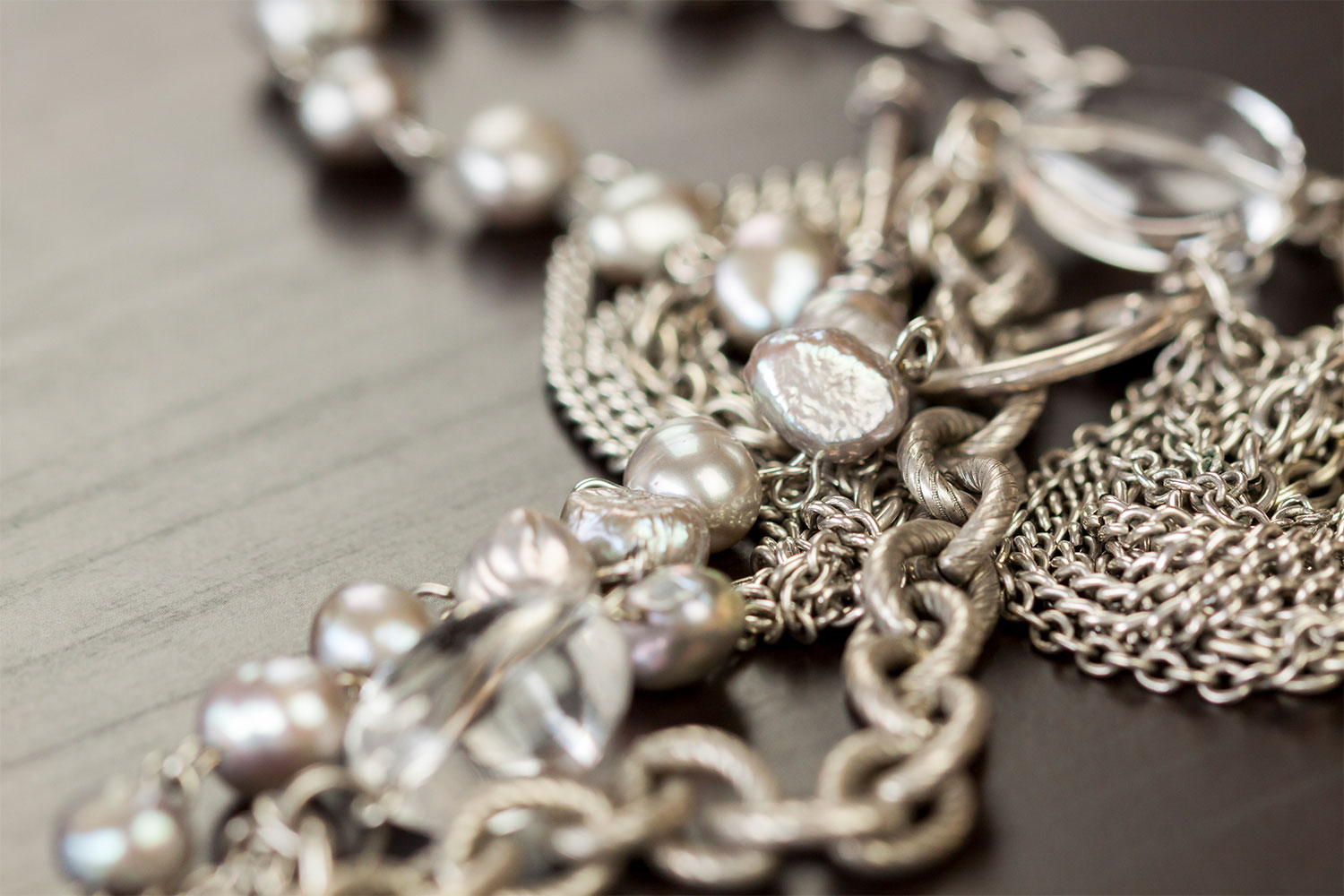
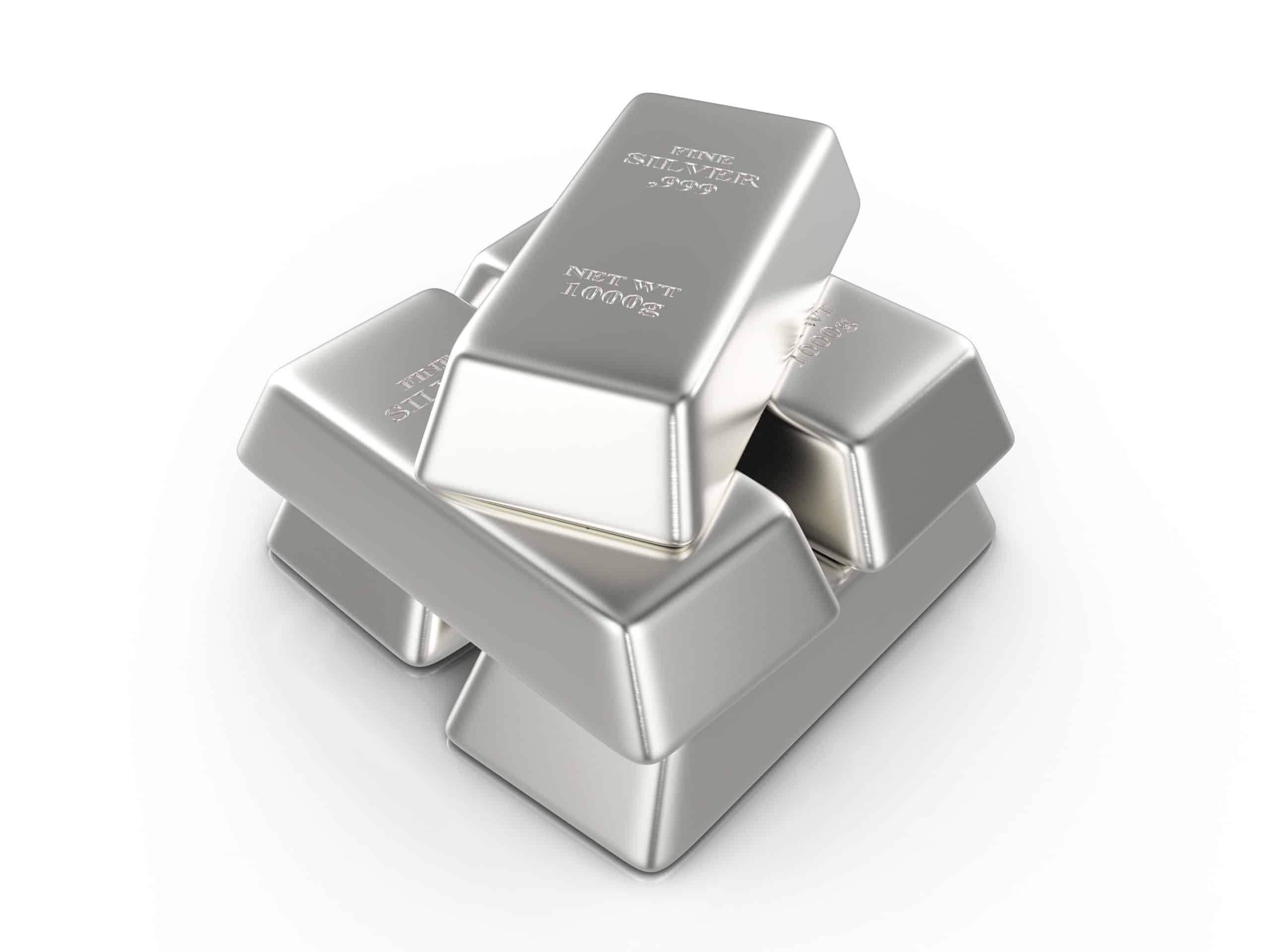
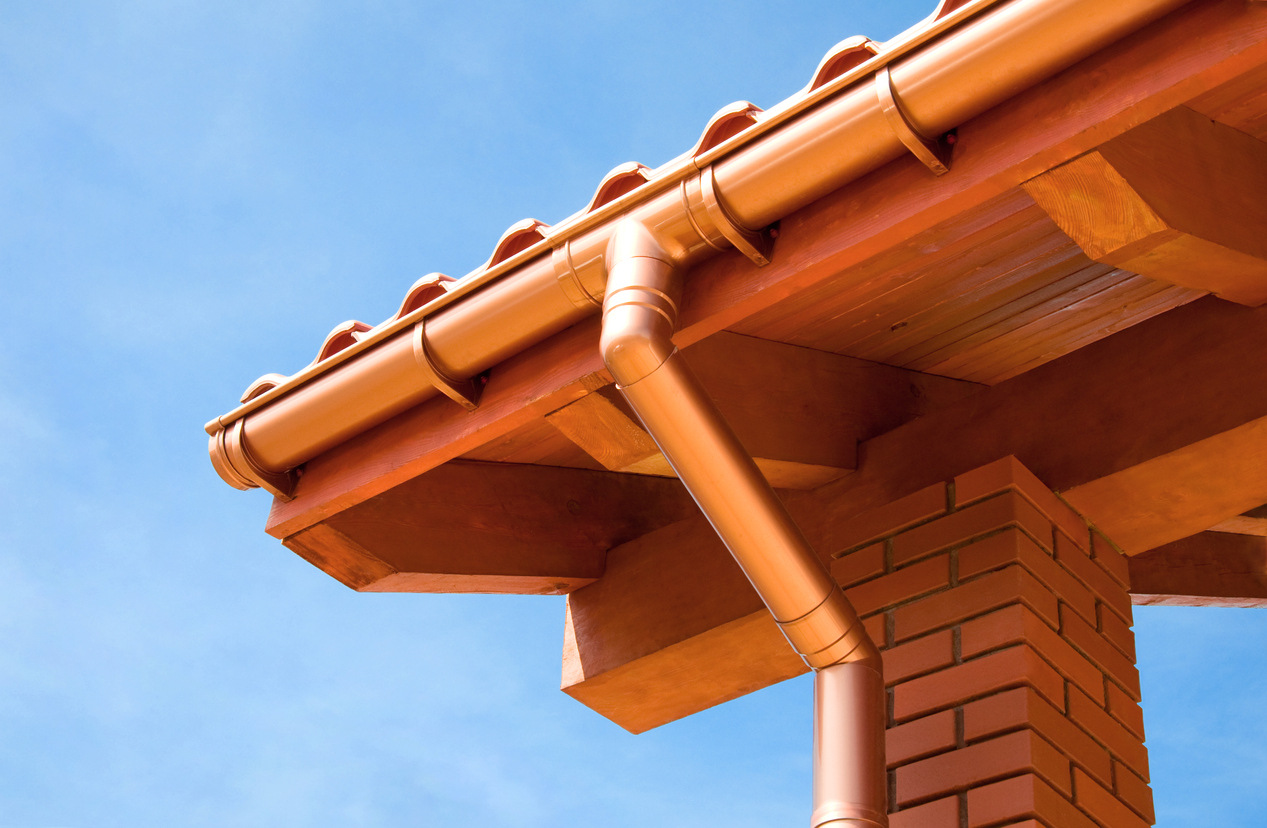

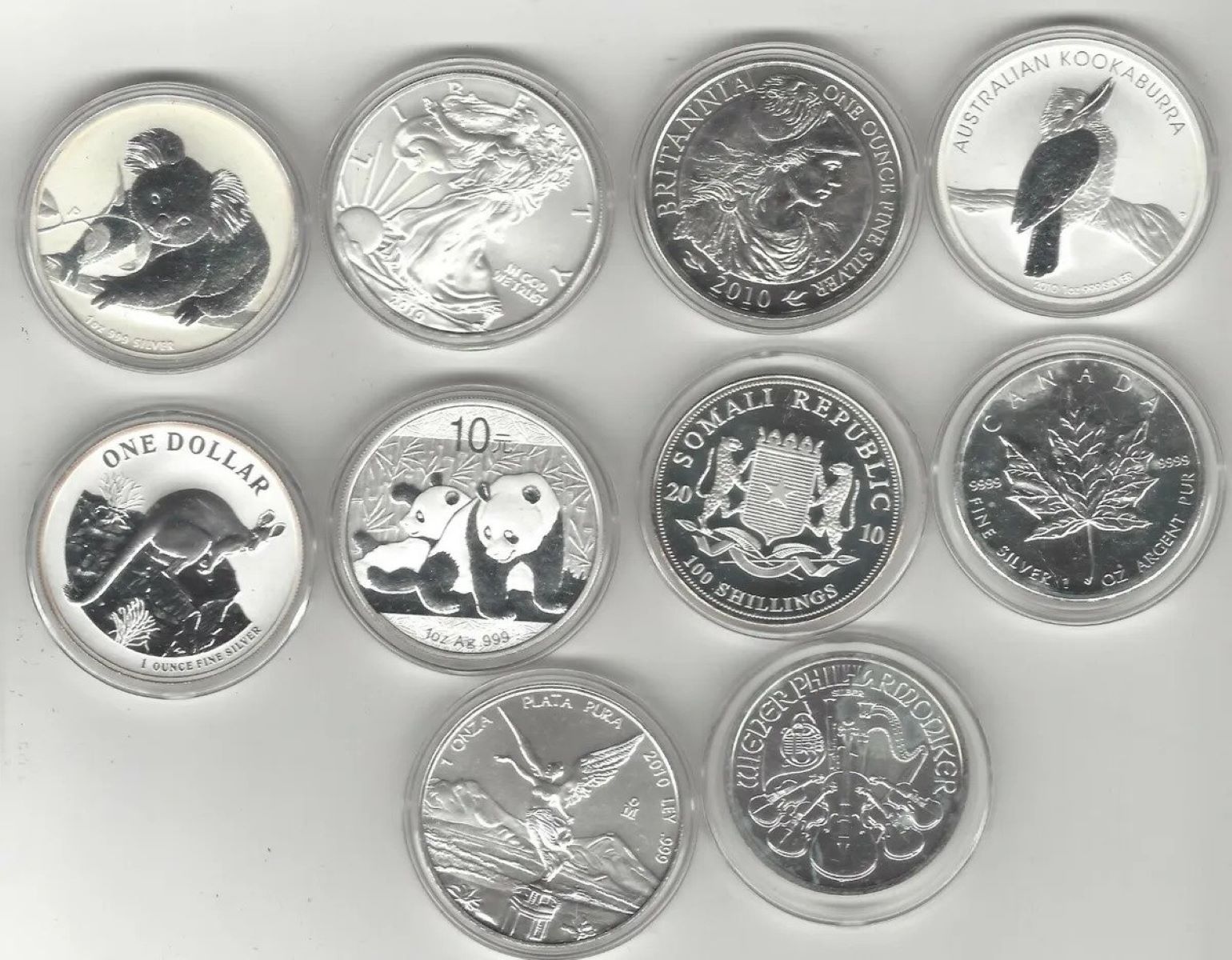
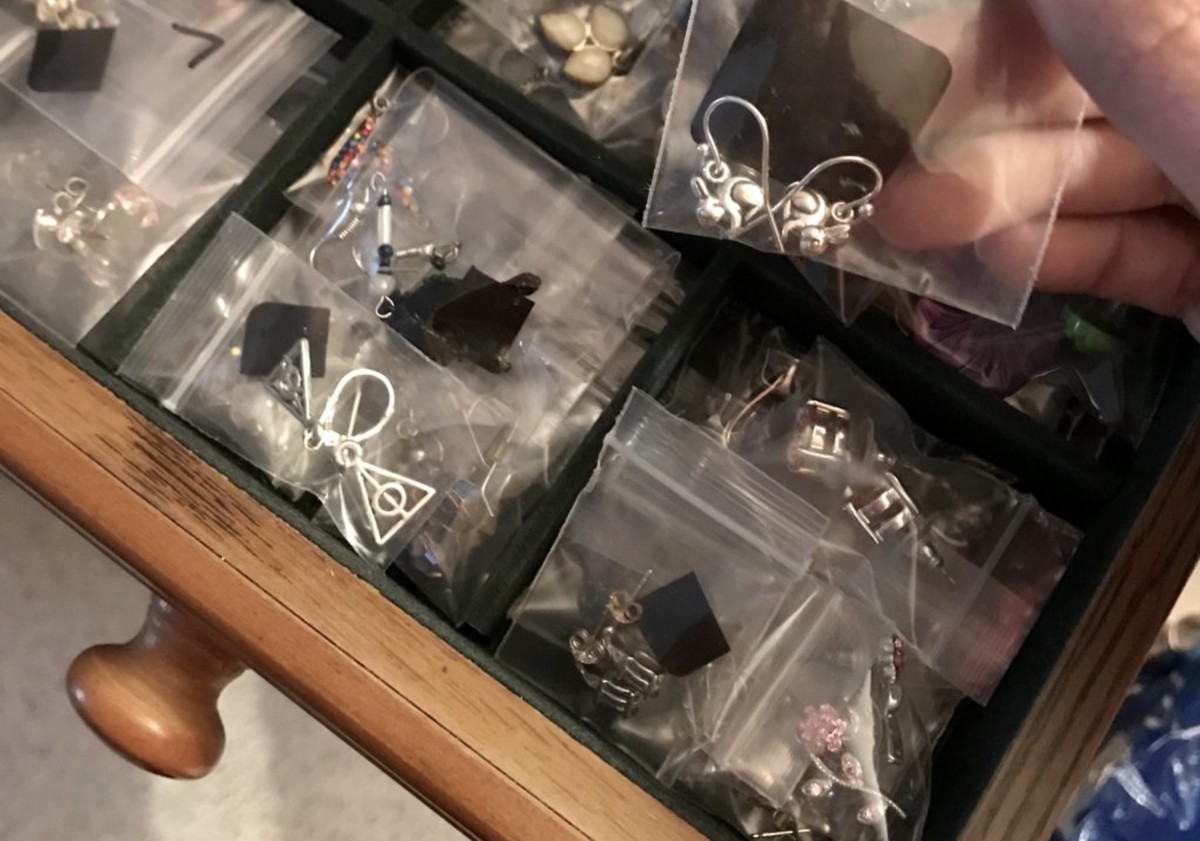
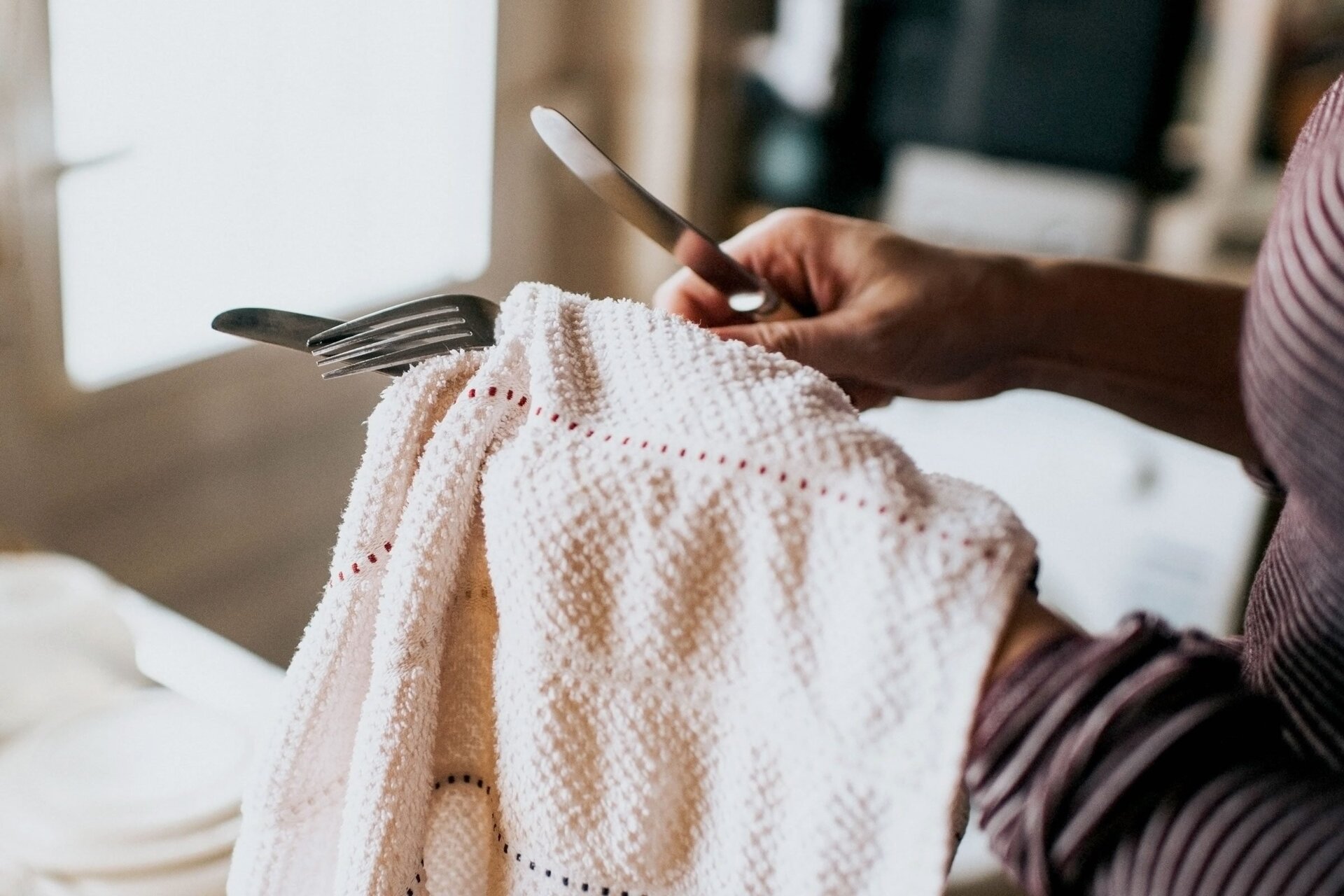
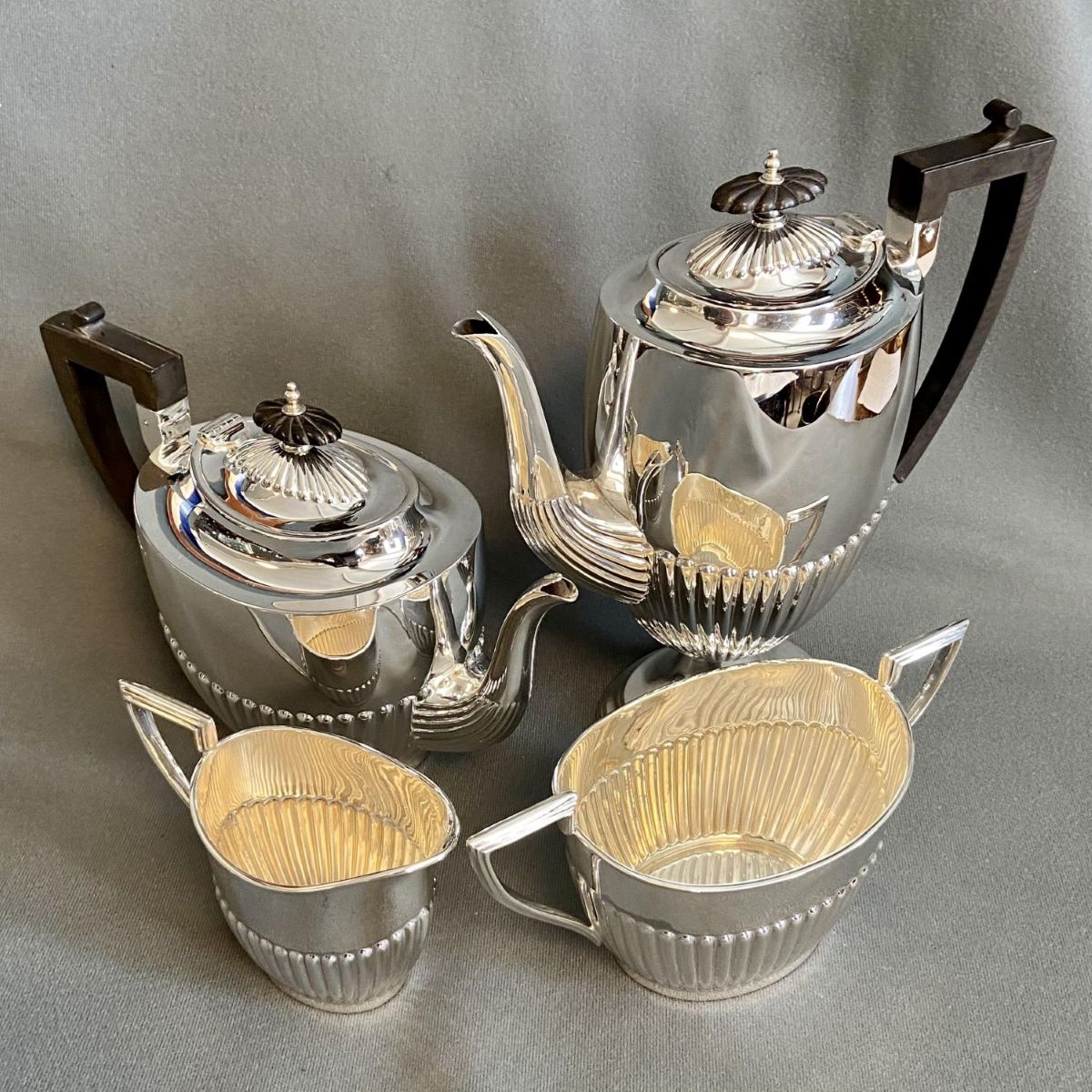

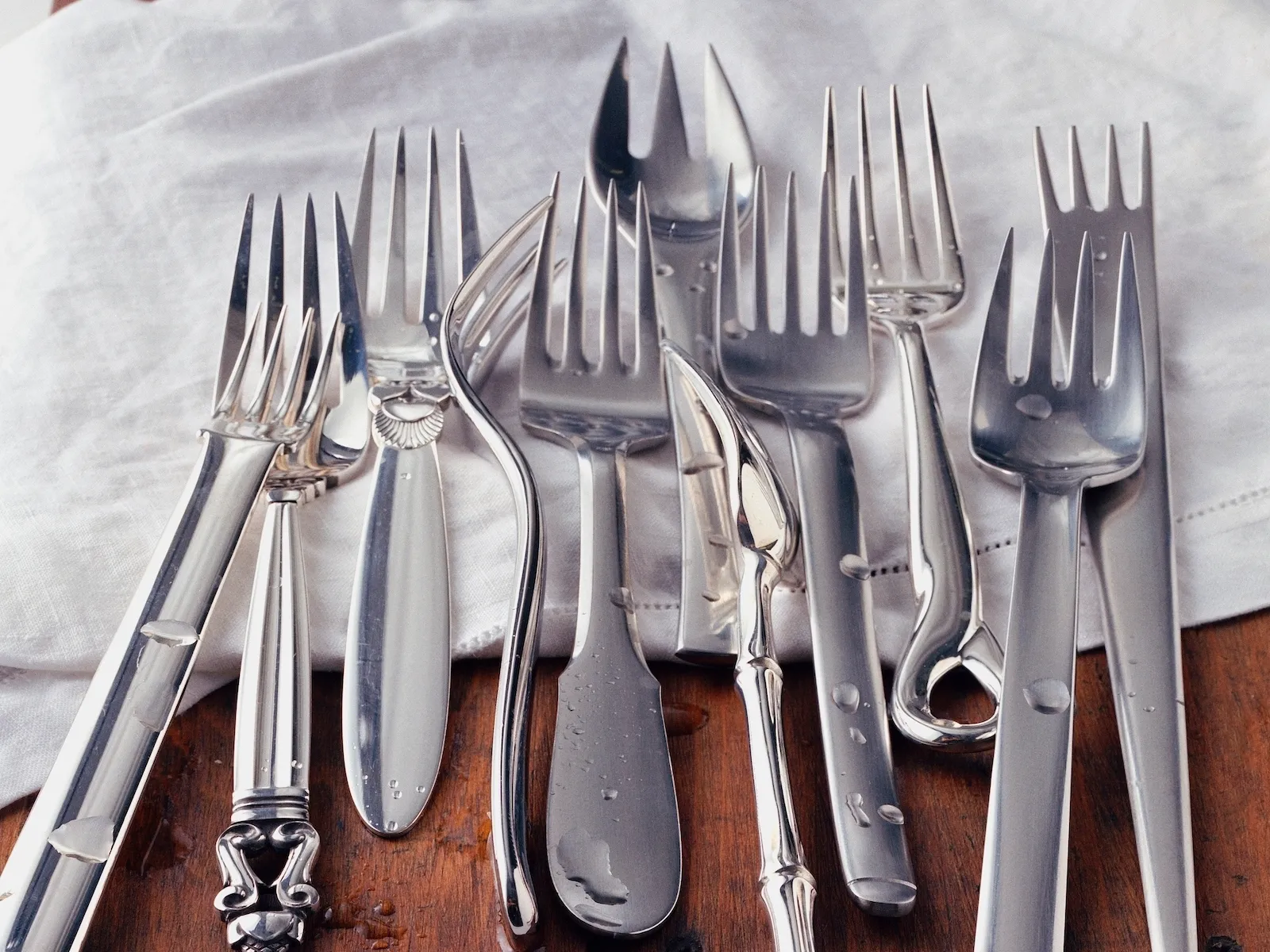
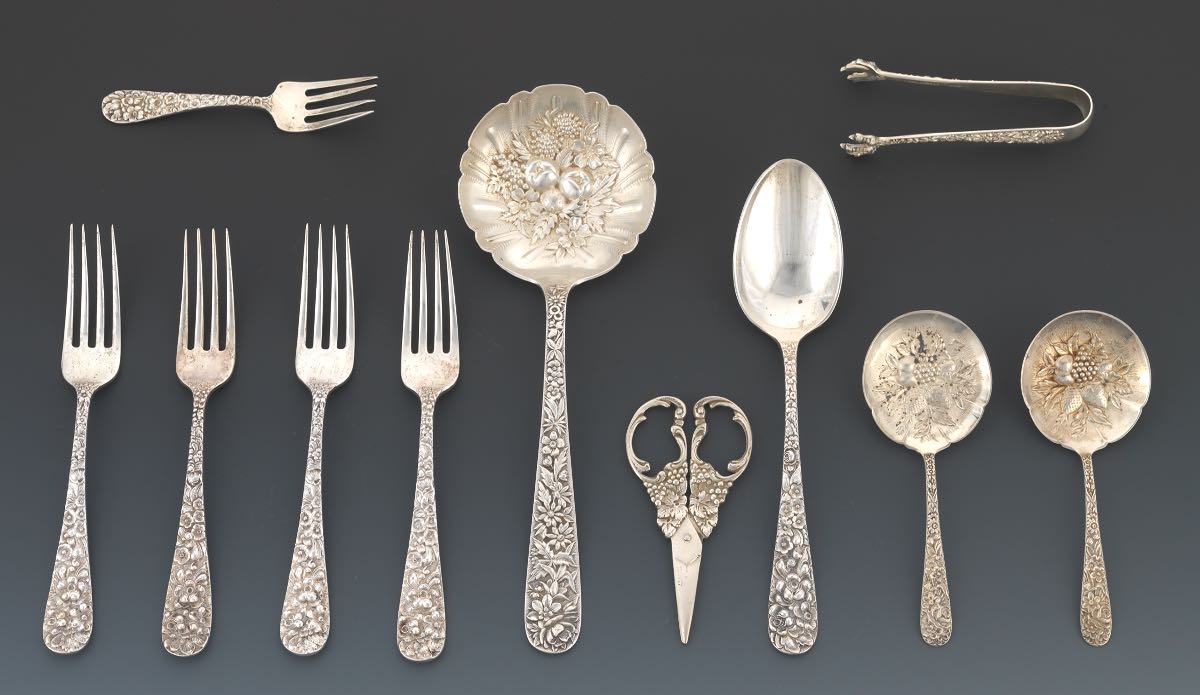
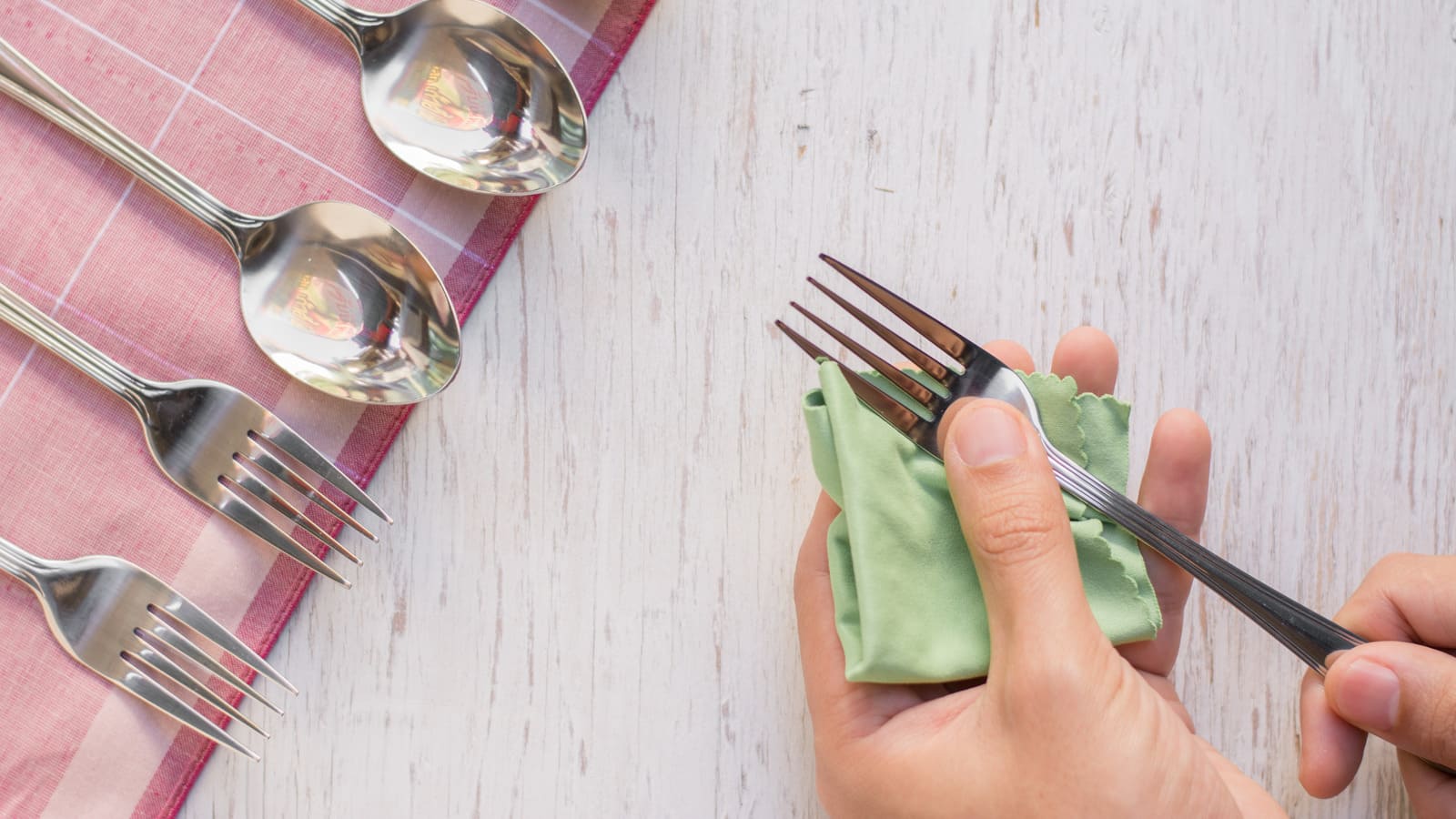
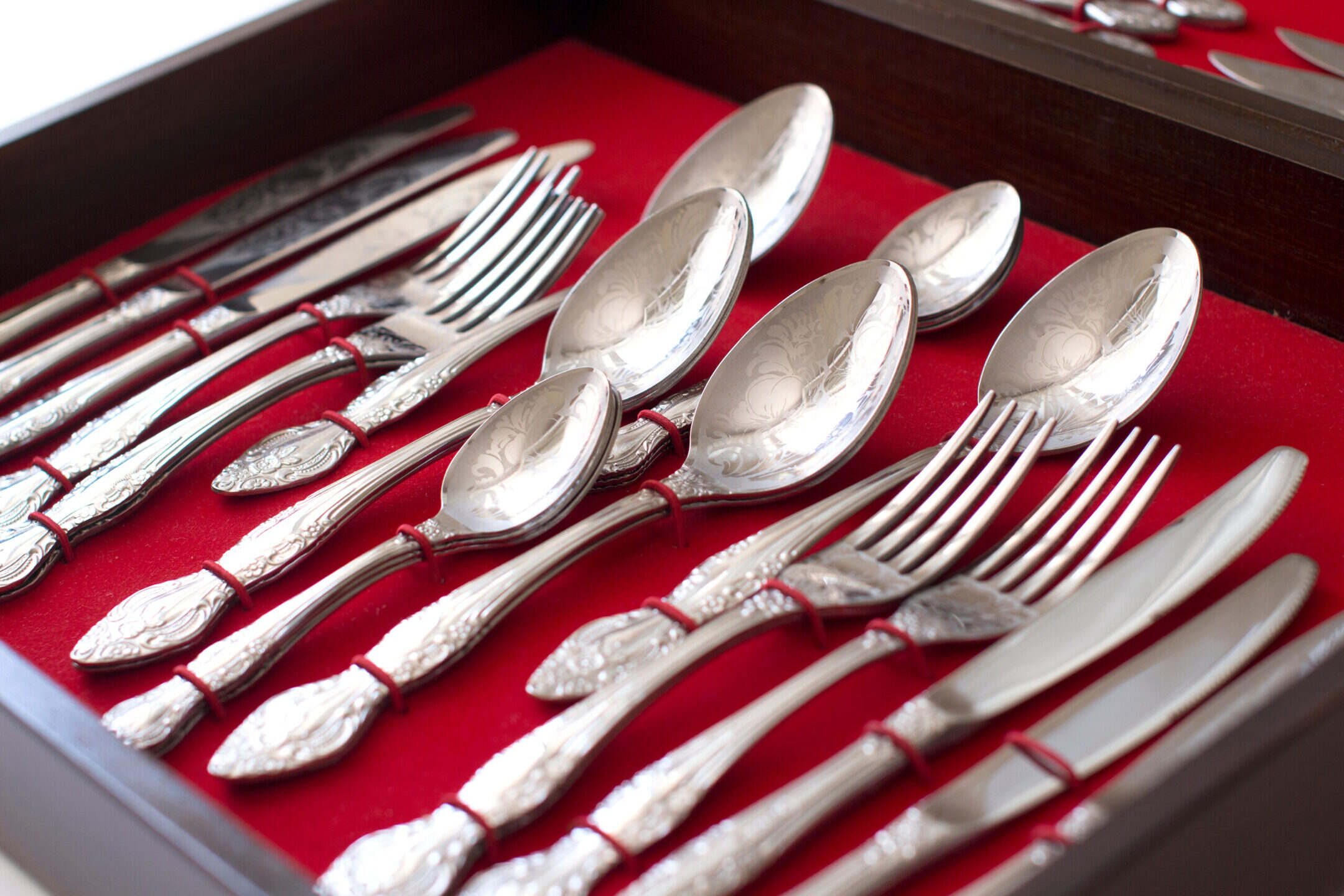

0 thoughts on “How To Store Silver From Tarnishing”